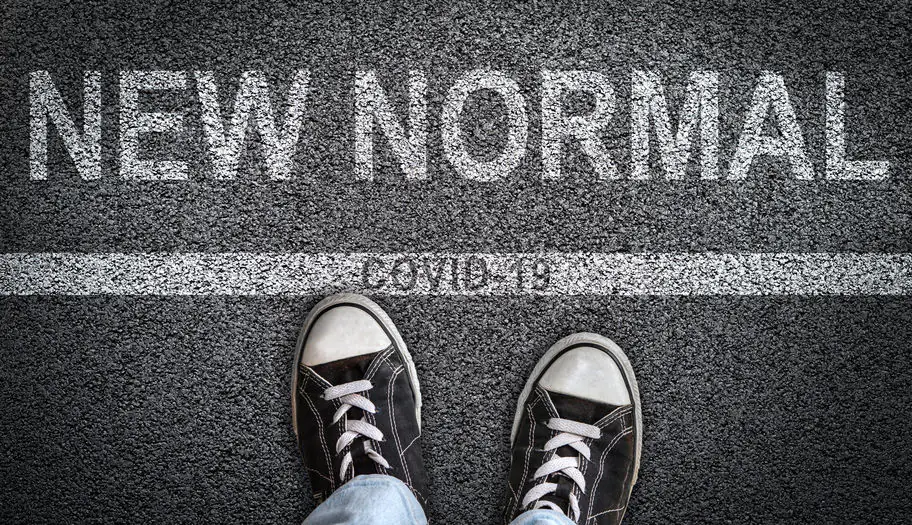
All around the globe, COVID-19 has upended lives. It has infected over five million people worldwide. It will likely cost the global economy $1 trillion. In the U.S. alone, over 100,000 people have died from the virus. We won’t know the full weight of the pandemic’s psychological impact on our society for a while.
Amid continued uncertainty around how long this crisis will last, many states have begun to reopen businesses. As shelter-in-place orders expire around the country, many employers are taking the proper precautions that will allow employees to return to work safely. Employers will need to ensure they have taken the necessary operational steps to encourage the best health and safety practices.
Of course, many essential workers have continued to work over the last few months. However, with businesses officially reopening, this will mean a much fuller workforce, which will require renewed adjustment and potentially new safety procedures.
Employers who are reopening their business have been encouraged by the CDC and other government authorities to establish clear policies around social distancing, personal protective equipment (PPE), checking temperatures, testing for COVID, and sanitation.
Supply Chain Disruptions in Manufacturing
The pandemic affected manufacturers in ways no one has seen before; supply, demand, and availability of the workforce were all impacted simultaneously across the globe. Many manufacturers in the food and beverage industry have struggled to meet the high demand that resulted from panic buying. Others felt pressure to cut operational costs in response to a significant drop in demand.
Office employees have been able to shift to remote work throughout this crisis, but most manufacturing plants don’t have the digital tools necessary to work remotely. This reality has placed a strain on such organizations, which have had to scramble to put safety measures and new processes in place.
Perhaps the most significant way COVID-19 has changed things for manufacturers is by disrupting the supply chain. Institute for Supply Management recently conducted a survey that showed nearly 75% of American organizations had experienced supply chain disruptions as a result of COVID-19-related transportation restrictions. The study also found:
- 57% saw longer lead times for components sourced from China. Average lead times were more than double the lead times at the end of 2019.
- Over 44% have no plan to address disruption in the supply chain from China.
- 80% of respondents believe the COVID-19 disruptions will have an impact on their organization.
- Of this 80%, one in six companies reported adjusting their revenue targets downward 5.6% on average.
The New Normal for Essential Workers
Organizations that are reopening should look to the essential workers and businesses that have been operating throughout the pandemic for an example of how to approach working during a public health crisis. Especially for companies like manufacturers of paper products that have stayed productive to meet rising demands for toilet paper, paper towels, etc. Essential workers have already gotten used to the new normal where social distancing and PPE are a part of the workplace.
If your organization is getting back to business as usual, it’s more important than ever that you bring efficiency to your day-to-day operations. You can do this by focusing on shop floor excellence, paying more attention to front-line leaders, making sure your maintenance performance is excellent, and operationalizing your culture. (For some helpful how-to’s, check out Power Your Productivity and Power Your Culture video series on our YouTube channel.)
New Guidelines
The Centers for Disease Control and Prevention (CDC) established guidelines for returning employees. These guidelines include:
- If an employee has been at a job site within 48 hours of testing positive for COVID-19, all areas used by the employee must be cleaned and disinfected, especially frequently touched surfaces.
- Cleaning and disinfecting procedures are not necessary if it has been over seven days since the sick person used the facility.
- Employers should consider using wipeable covers on electronic devices like touchscreens, tablets, ATMs, remote controls, and keyboards.
- Employers should train all employees on which PPE is necessary, when to use PPE, how to put it on, and how to dispose of it properly.
- Employers should comply with the standards from the Occupational Safety and Health Administration on bloodborne pathogens, including disposing of PPE and regulated waste properly.
- Workers should learn the hazards of chemicals used to clean in the workplace.
At POWERS, we have the expertise to work alongside your workers and ensure that all operations are as productive as possible. Please reach out to start that conversation.


